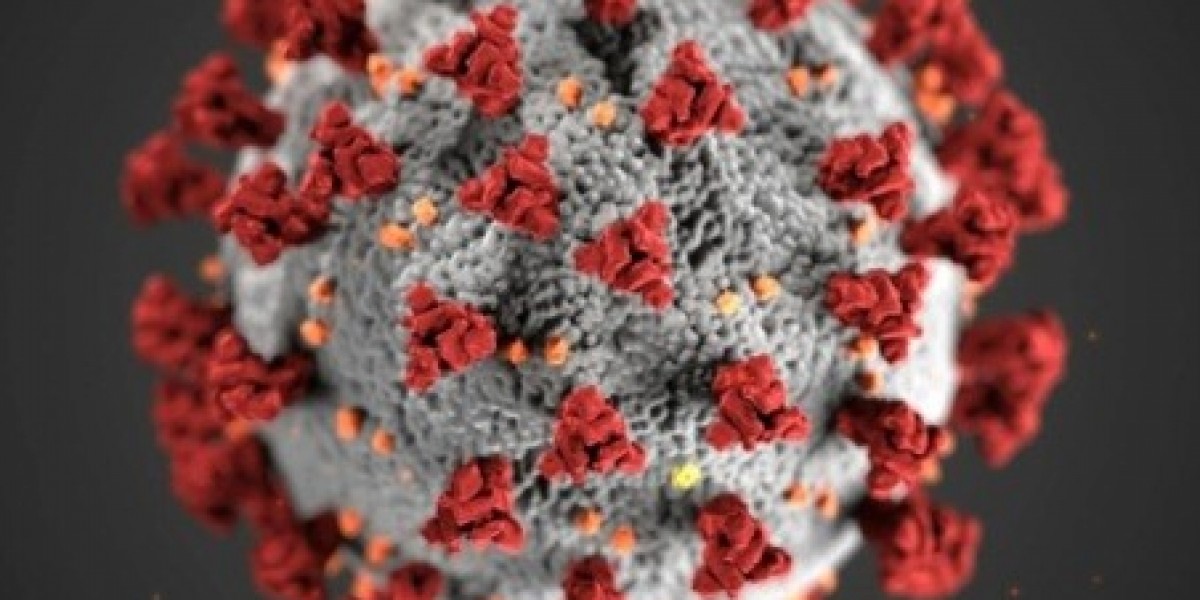How 3D Printing Is Revolutionizing Dental Obturators in 2025
In a world where healthcare is rapidly evolving, the dental field is no exception. One of the most inspiring developments in recent years has been the integration of 3D printing technology into prosthodontics — particularly in the creation of dental obturators.
Dental obturators, small yet life-changing prosthetic devices, are typically used to close defects such as those caused by cleft palates, cancer resections, or trauma. Traditionally, crafting an obturator involved multiple fittings, manual impressions, and long wait times. But thanks to 3D printing, 2025 is witnessing a new era of speed, precision, and comfort in obturator care.
What Has Changed?
The magic of 3D printing lies in its ability to customize each obturator precisely to a patient’s unique anatomy. Using digital scans instead of traditional impressions, prosthodontists can now design obturators with pinpoint accuracy. This reduces discomfort during fittings, and more importantly, accelerates the entire process—from days or weeks to mere hours in some cases.
Imagine walking into your dentist’s office, having a digital scan taken, and receiving a fully fitted obturator the same day. This is no longer science fiction; it’s happening right now.
Material Matters
In 2025, 3D printing is not just about shape—it’s about smart materials. The latest obturators are printed using biocompatible, lightweight, and flexible polymers that adapt more naturally to the mouth. These materials are not only safer but also more durable, reducing the frequency of replacements.
Some research labs are even experimenting with self-healing materials and antibacterial coatings, which could extend the life of the obturator and reduce the risk of infections, especially in post-surgical patients.
Enhanced Patient Comfort
For patients, the benefits go beyond convenience. Many who’ve used traditional obturators often complain about bulkiness, poor fit, or irritation. With 3D printed designs, dentists can optimize thickness, contour, and weight distribution in ways that were previously impossible. This results in better speech, improved chewing, and a major boost in self-esteem—especially critical for patients recovering from major oral surgeries.
Children with cleft palates, for instance, often require multiple obturators as they grow. 3D printing has made it easier to scale prosthetics to their evolving needs with less disruption to their lives and at a lower cost.
Global Impacts and Accessibility
Perhaps one of the most promising aspects of 3D printing is how it's improving access in underserved areas. Mobile units equipped with handheld scanners and compact printers can now deliver same-day dental prosthetics to communities that previously lacked access to specialists.
By democratizing access to obturators, we're no longer just fixing oral defects—we're restoring dignity, improving nutrition, and enabling social integration for many patients across the globe.
What the Future Holds
Looking forward, the fusion of AI and 3D printing promises even greater customization. Machine learning algorithms are being trained on thousands of anatomical scans to assist clinicians in designing better-fitting obturators automatically.
There’s also growing interest in incorporating sensors into obturators—sensors that monitor temperature, pH, or even healing progress. These “smart obturators” could become an integral part of digital oral healthcare ecosystems in the near future.
Browse More Reports:









